
|
|
From the Editor - August 1st , 2019
The trip to Nova Scotia and Prince Edward Island went very well! It was really great to return to my old stomping grounds, where I spent some time many decades ago playing in a band having its home base in Canada's Maritime Provinces. Some great memories there ........... However, now it's back to the equally enjoyable business of researching and writing about the classic model engines that I and my faithful readers love so much. To mark my return to duty, this come-back issue once again features not one but two new feature articles, of which more in due course below. Meanwhile, I can report that May 2019 (the last "normal" month for which complete data are available) saw a cooling-off of the recent elevated levels of site usage. During May 2019 the number of hits fell somewhat from the record 733,066 hits in April 2019 to a still-strong 629,049 hits in May. Such a reduction is to be expected given the competing distractions of summer in the Northern Hemisphere, where most of my readers live. Even so, it's clear that site visibility is being maintained at a high level and that people are still looking.
The visit/hit ratio for May (the proportion of hits which translated into visits) was virtually unchanged changed from the April figure of 2.4%. A perfectly reasonable figure - one hit in 40 continued to result in an actual visit. Clearly the site still attracts its share of direct interest from among those who stumble across it! Of course, the number of visits only tells part of the story - the number of pages accessed is a more representative indicator of the level of interest in the material on this site. The number of pages accessed in May 2019 showed a return to normalcy from the astonishing and record-shattering 220,791 pages accessed in April. The May figure of 126,938 pages is on the higher side of the average mark prior to that amazing and seemingly anomalous April figure, for which I still have no explanation! The average number of pages accessed per visit also returned to normal, being back down from the record April figure of 12.4 to 8.5 pages per visit - still a most encouraging figure. People who do visit this site still seem to be finding plenty of interest here, hence making their visits count - thanks for being a part of that!  Now a note which has unfortunately had to continue to be a regular feature of these Editorials. This one is mostly for new readers - old hands can skip to the following sections. Now a note which has unfortunately had to continue to be a regular feature of these Editorials. This one is mostly for new readers - old hands can skip to the following sections. Despite my repeated admonitions not to do so, people are continuing to try to register on this website. As I've previously stated time and time again, this has absolutely no effect - it's simply an artefact left over from the generic platform's primary intended use as an on-line sales site. Since this is not a sales site, the registration feature is redundant and I make no use of it whatsoever.
So why is it still there?!? Well, before anyone else asks (and quite a few well-meaning souls already have!), I've thoroughly explored the possibility of removing or at least blocking this feature, but it can't be done without extensive (and very expensive) custom modification to the otherwise very useable generic platform which came as a ready-to-use over-the-counter package, thus keeping the costs and complexities manageable. So we're stuck with this feature. The bottom line therefore remains - please don't bother trying to register! Doing so accomplishes nothing apart from creating unnecessary cyber-clutter, which I definitely don't need!Along with the continued use of this website, the correspondence from my valued contacts around the world has continued to pour in unabated, even during my absence on vacation. During the past two months I've received communications (in no particular order) from Maris Dislers, Sergio Montes, Bob Christ, Darrel Peugh, Rich Karcmarsky, Ingemar Larsson, Alberto Parra, Ken Croft, Alan Strutt, Don Imre, Dan Vincent, Neil McRae, Miles Patience, Andrew Coholic, Andre Rousseau, Peter Rathke, Bill Wells, Jesus Ortega Delgado, Steve Webb, Bill Mohrbacher, José Manuel Rojo, Dan Cencer, Dennis Toth, Tom Keliher, Luis Petersen, Derek Butler, Steve Hainsworth, Peter Valicek, Steve Metcalfe, Paul Venne, Mike Conner and Tim Dannels. Sincere apologies to anyone whom I may have inadvertently missed in the crowd - it can be hard to keep track! The blog site has also continued to justify its existence by generating a fair amount of relevant traffic - thanks for that. There's less than the usual amount of up-to-date news to report this month because of my extended absence over much of June and July. Inevitably, some of what news there is for this edition is inevitably a bit "old" due to the missing July issue.
Reasoning that this engine was most likely created through a melding of then-existing components, Maris tried a combination of a 1960 .049R short-stroke cylinder (the type internally threaded to accomodate a glow head) with a long-stroke 1949 Cub .049 crankcase, shaft and rod. A diesel conversion head of the type sold by RJL/MECOA for Cox .049's fitted perfectly, and the result was a fine-running OK Cub .058 cuin. (0.94 cc) diesel engine! The project is set out in detail in the pages of ECJ. If you aren't subscribing, you're missing out! Bill Mohrbacher advised that some health issues have led him to a decision that he needs to step down as President and Bulletin Editor of the Model Engine Collector's Association (MECA). Bill has served in these capacities for over ten years, so he's paid his dues and more. The future of MECA is now in the hands of the membership - let's hope that someone steps up to the plate to keep things going. Meanwhile, our thanks go out to Bill for his past efforts, along with our very best wishes for a positive resolution of his current health challenges.
MECA was a very important organization for those of us who became interested in model engine collecting back before there was eBay or the Internet. In fact, it was really the only game in town if you were serious about the hobby. It promoted communication and cooperation among model engine collectors worldwide, as it still does today.
A piece of very belated and highly unwelcome news of a kind which is far too frequent these days came from Ken Croft, who informed me that my greatly valued friend and colleague Bert Streigler (seen at the right) passed away on May 10th, 2019 in the nursing home in which he had been living for some years. Bert had been subject to the ravages of Altzheimer's for some time previously, so this may have come as something of a release. He was 87 years old. An obituary may be found here. Among his myriad other activities, Bert was a leading member of Motor Boys International and an endless source of information and advice on all manner of aeromodelling and model engine matters. As a former lubrication engineer, his advice was particularly helpful during the writing of my article on model engine lubricants. His contributions to the world of aeromodelling are far too numerous to set out here, so I'll confine myself to saying that as long as there's still one Ebenezer flying, Bert's spririt will continue to soar above us all!
This unaccountable action has left collectors without a reference for model identification, particularly in connection with the early O.S. models. Fortunately, it is possible to offer at least a partial substitute for that record thanks to the fact that in 1976 the company celebrated its 40th year in business by publishing a printed version of their historical timeline as it then stood. Although this document only takes the story up to 1976, it is still a most useful reference - indeed, the only one that we now seem to have. For the convenience of any readers interested in these engines, I've added scans of the four-page document to the listing of references to be found in my "Publications" pages. I hope that some of you find this useful! Alberto Parra got in touch to let me and my readers know that a new F2F 2.5 cc competition diesel from Vladimir Sosnovsky is now available. This is the SV Hawk F2F 2019 model. Details may be viewed here. Please contact Alberto directly for price and delivery. Once again, the home constructors of model engines are acknowledged in this month's edition. Thanks to the kindness of my valued friend Ken Croft, I've been able to add another set of plans to the home construction page in my "Technical Topics" section. Actually, this is not a completely new addition to the range of available plans. Most readers will be familiar with the well-known Swiss Dyno 2 cc sideport diesel of 1941. Although it wasn't the first commercial diesel (that honour belongs to the 1938 ETHA series, also from Switzerland), this iconic design was indisputably the first commercial model diesel to achieve widespread popularity. Ron Chernich's plans for the engine are already available as an inclusion in the "Motor Boys Plan Book" which is already published on this site.
The intent all along was to publish the drawings in "Teknik för Alla". Ivan later recalled that he completed the drawings in the winter of 1942/43 without changing any aspects of the original Dyno design. He then built his first engine for the purpose of evaluating its usefulness. Following bench testing, a free flight model fitted with this engine was successfully test-flown at Skarpnäck, a small airfield south of Stockholm. A report of this test flight was published in the magazine "Svensk Flygtidning", issue number 7, July 1943. Ivan's plans were finally published in "Teknik för Alla's" December 1943 and January 1944 issues, together with his construction notes. In effect, they allowed the builder to construct his own Dyno clone. An amazing number of individuals appear to have done just that, particularly in the Scandinavian countries where Ivan's article received wide circulation. As a result, many Dyno's encountered today aren't Dyno's at all - they're replicas or near-replicas constructed by others. Buyer beware!! Of course, there's nothing wrong with this provided the replicas are clearly identified as such. To make both Ron's plans of the original and Ivan's plans for the replica available, Ken Croft has been kind enough to reproduce the plans in TurboCAD form along with Lars Gustafsson's illustrated translation of Ivan's Swedish-language construction article. This material may be accessed here. Ken notes that there are a few differences between the two sets of plans - you choose!! My very sincere thanks to Ken. The full Ivan Rogstadius story may be read here on Ron Chernich's "Model Engine News" (MEN) website. A story that simply will not lie down is the Deezil saga which I originally published in March 2019. Since then, there have been a number of updates, the latest one coming once again from Maris Dislers. I mentioned that I had supplied a replacement crankcase to deal with the mis-alignment of the cylinder bore in the case of Maris's Gotham original. I can now report on the results of that replacement, with the relevant text appearing near the end of the article along with Maris's other information. Don Howie has also published a summary of this experiment in the August 2019 issue of "AeroModeller" magazine. Suffice it to say that the still all-original Deezil continues to confound expectations by pulling a model aloft!! Now on to the feature articles for the month! To continue making up for my absence in July, I've followed through on my previously-stated intention to post two new feature articles with the August edition for your reading pleasure. These cover two widely divergent topics.
There has been a certain amount of confusion regarding the dates and origins of this engine, resulting in the previous publication of a certain amount of mis-information. One of my goals in preparing this article has been to set the record straight once and for all. During the preparation of this review and test, I myself became quite impressed with both the quality and performance of this fine product. Not a massive amount of power on tap, but a very well-made and user-friendly powerplant. I hope that my article may convince a few others!! I've also included a few comments regarding the fine look-alike unit manufactured by Dunham Engineering during the 1980's. In researching the Mechanair story, I was immesurably assisted by my good mate Maris Dislers of Glandore, South Australia, who tracked down a number of key advertisements which proved to be crucial in establishing the production and marketing history of this engine. As a result of his efforts, a number of frequently-repeated statements by earlier commentators have been conclusively shown to be in error, or at least to require clarification. The correction of past misinformation must surely be one of the chief goals of any responsible historian. I’ve run into this misinformation issue time and time again while developing the long-running series of articles which make up this website and also form part of the former “Engine of the Month” feature on the late and much missed Ron Chernich’s now-frozen “Model Engine News” (MEN) website going back to 2007. The problem stems from the tendency of too many previous writers to blindly accept and regurgitate what’s been said earlier by others, without checking its consistency or veracity. Far too few of them seem to have done much if any original research to check the credibility of that earlier information. The required references are mostly there in the writings of contemporaries like Peter Chinn, Lawrence Sparey, Ron Warring, Col. C. E. Bowden and others, as well as in the advertising record and the many published test reports – too many subsequent writers simply haven’t bothered to check those records. Nor in many cases is the basis for significant statements of fact shared with the reader so that they can be checked.
The Mechanair article is a case in point – it contradicts or at least clarifies a great deal of what has been said in the past about the Mechanair 5.9 cc sparker, by Clanford among others. However, it does so on the basis of persuasive evidence which I've openly shared with the reader. As with all my articles, I've tried very hard to ensure that the present text will stand as the definitive summary of the history of this fine product of the early post-WW2 British model engine manufacturing industry. At this point in time, well over 70 years on, it seems highly unlikely that further details will emerge – all of those who were directly involved have doubtless left us now. In preparing this long-running series of articles, it has always been my policy to test everything that has been said in the past and to go back as far as possible to original sources in developing my own text. When I make a statement of fact, I frequently present a reproduction of the document(s) on which my statement is based. At the very least, I make a practise of citing my source so that readers can check the information for themselves. In this way, the reader is free to evaluate my evidence and form his own conclusions. Can’t play fairer than that! The inevitable result of this approach is that my articles tend to be very long. This has led to periodic criticism to the effect that I include too much information. I make no apologies for this – everyone is free to read as much or as little of my articles as they choose. That’s what the “scroll down” control is for! My goal all along has been to present authoritative articles that capture all of the available information as accurately and authoritatively as possible, so that no-one ever has to go through this exercise again. Indeed, in many cases the opportunity to do so has now passed or is approaching that point as those who were “there” at the time move on to the next stage. If it isn’t done now, it won’t get done at all. And if one is going to summarize the facts, one might as well summarize all of them – there will never be a better opportunity than now!
The Super Tigre G.20 V was developed in response to the 1956 failure of the G.20 S to compete on level terms with the toolroom "specials" which were then beginning to dominate the results of International control line speed competitions. That domination was destined to continue in 1957 and 1958, but that wasn't for want of trying on the part of Super Tigre designer Jaures Garofali. As we'll see, the G.20 V was yet another outstanding design from Garofali's drawing board.
I think that's it for now. I'll be back to you with another issue on or about September 1st, 2019. Meanwhile, my best wishes for continued enjoyment of our shared addiction! Look after that flicking finger, and may the heady aroma of diesel fumes, sparkie smoke or burning nitro assault your nostrils frequently! Cheers, Adrian Duncan Coquitlam, British Columbia, Canada ___________________________________ Note regarding material to be found on this site - unless specifically otherwise noted, all images and text which appear on this site are my own work, and I hereby assert my right to be recognized as the originator of this material. For the record, this material is made freely available to all upon two firm conditions:
Adrian C. Duncan Coquitlam, British Columbia, Canada
|
| |
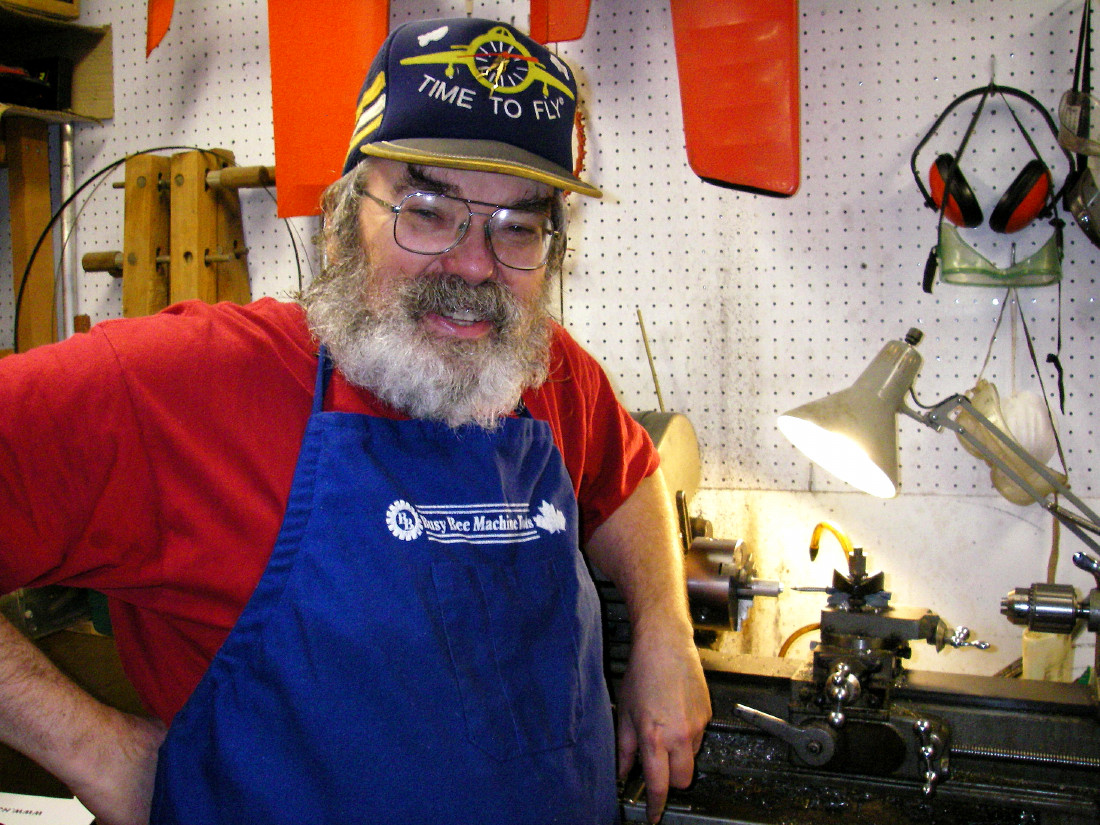 Greetings once more from Canada's West Coast! Nice to be back from my East Coast adventures and getting out another edition of my website on schedule! I hated missing an edition in July, but there was really no way around that. The good news is that I'm back, and as far as I can presently foresee there should be no further interruptions in service for quite a while now.
Greetings once more from Canada's West Coast! Nice to be back from my East Coast adventures and getting out another edition of my website on schedule! I hated missing an edition in July, but there was really no way around that. The good news is that I'm back, and as far as I can presently foresee there should be no further interruptions in service for quite a while now.  Of course, hits are one thing - actual visits are quite another, since they reflect the level of interest aroused among those who happen to hit upon the site. As you might expect, the May total of 14,862 visits was also down from the 17,344 mark set in April 2019, probably for the same reason as that cited earlier. Although down a little from April, the May figure still represents a pretty strong showing of interest, albeit well below the record January 2019 total of 20,496.
Of course, hits are one thing - actual visits are quite another, since they reflect the level of interest aroused among those who happen to hit upon the site. As you might expect, the May total of 14,862 visits was also down from the 17,344 mark set in April 2019, probably for the same reason as that cited earlier. Although down a little from April, the May figure still represents a pretty strong showing of interest, albeit well below the record January 2019 total of 20,496. 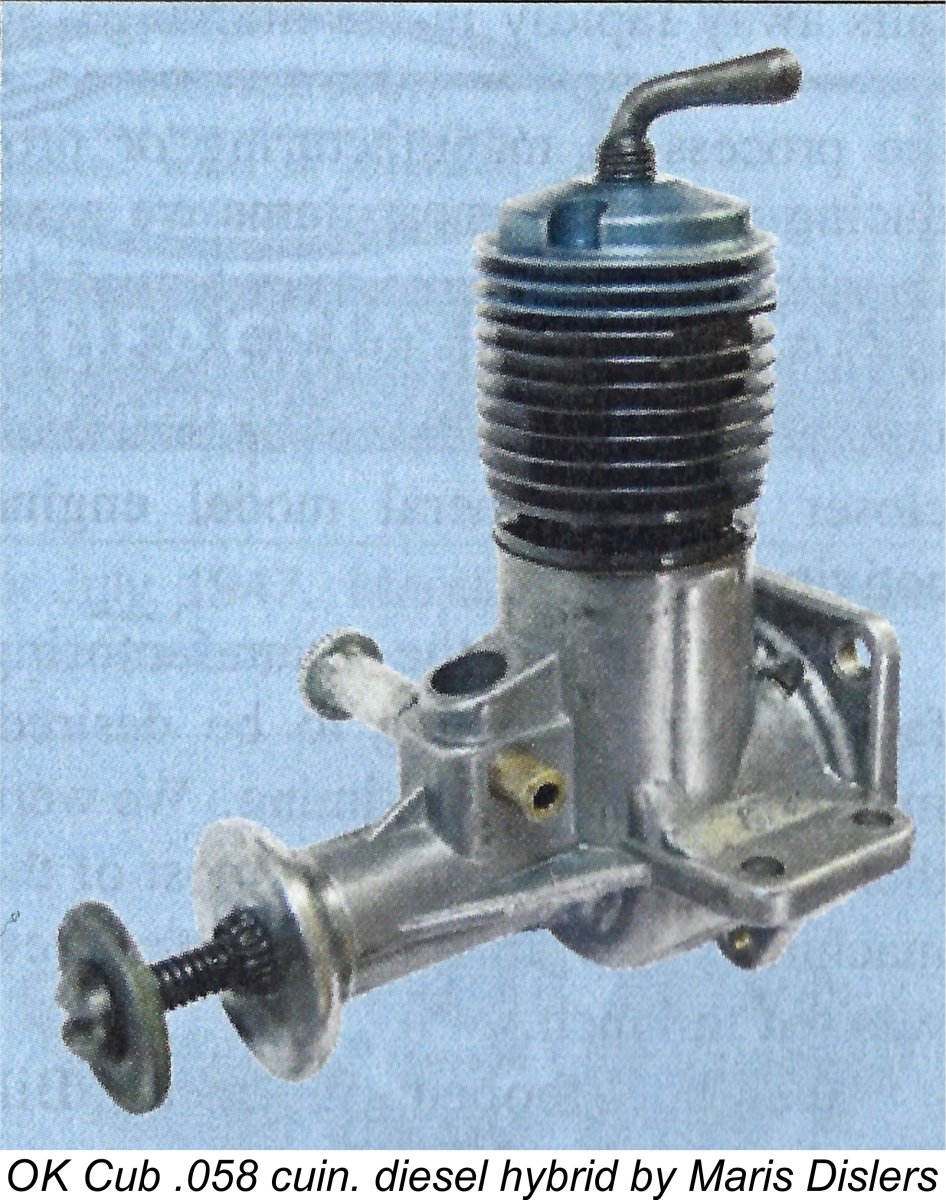
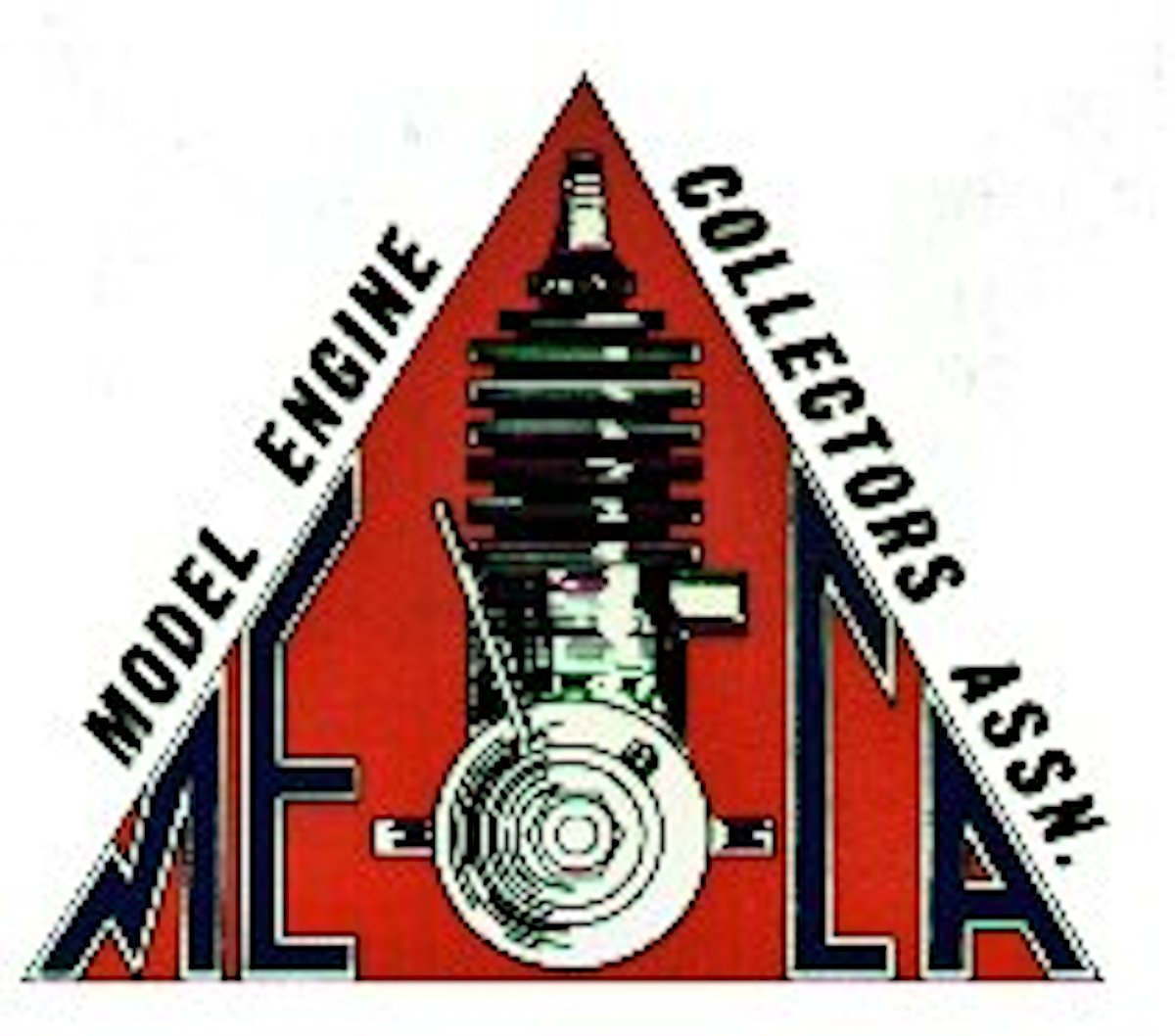 Hearing about Bill's situation reminded me of a principle that is very important to followers of a "fringe" interest like model aero engines - the need to stand together. For that reason, I decided that it was high time for me to put
Hearing about Bill's situation reminded me of a principle that is very important to followers of a "fringe" interest like model aero engines - the need to stand together. For that reason, I decided that it was high time for me to put 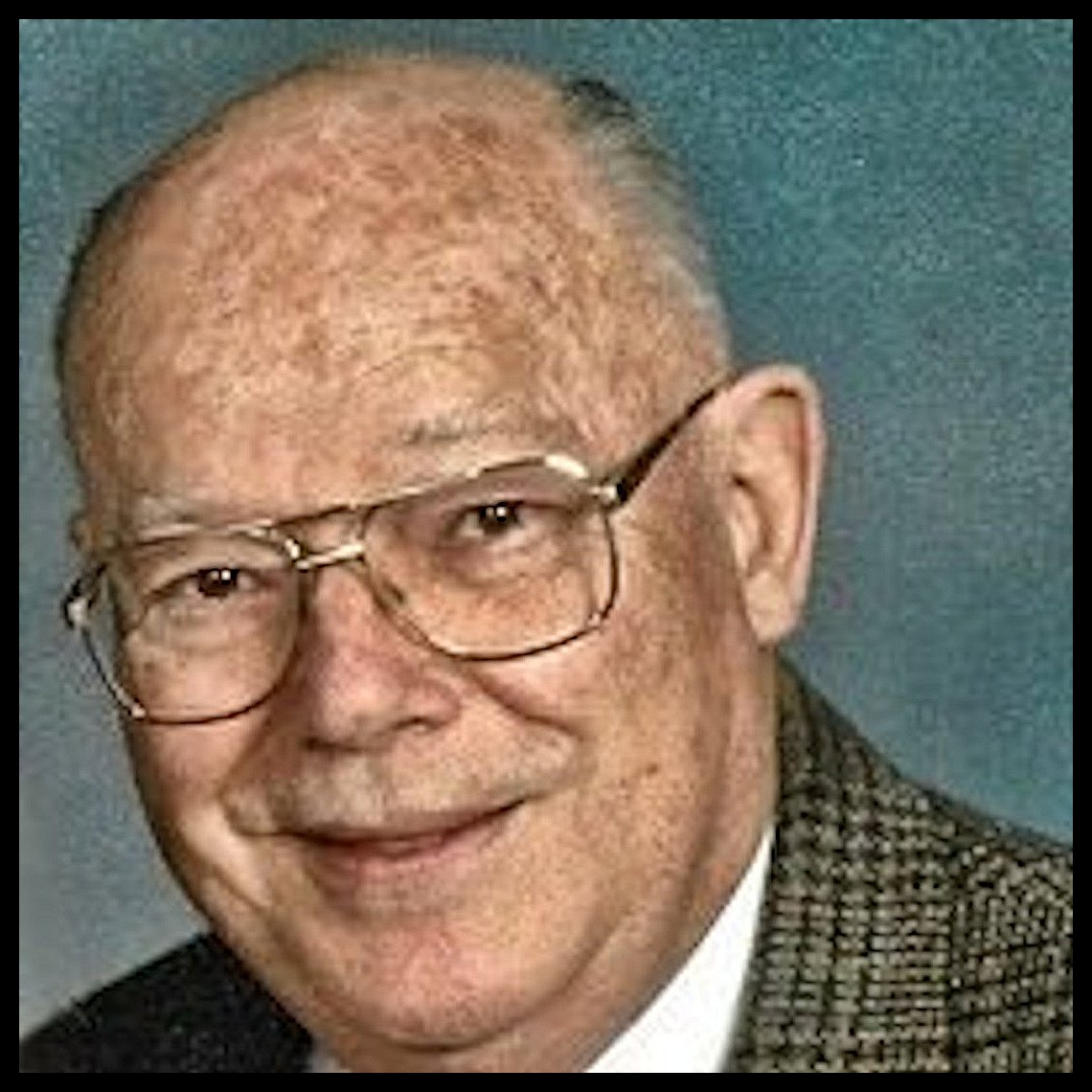
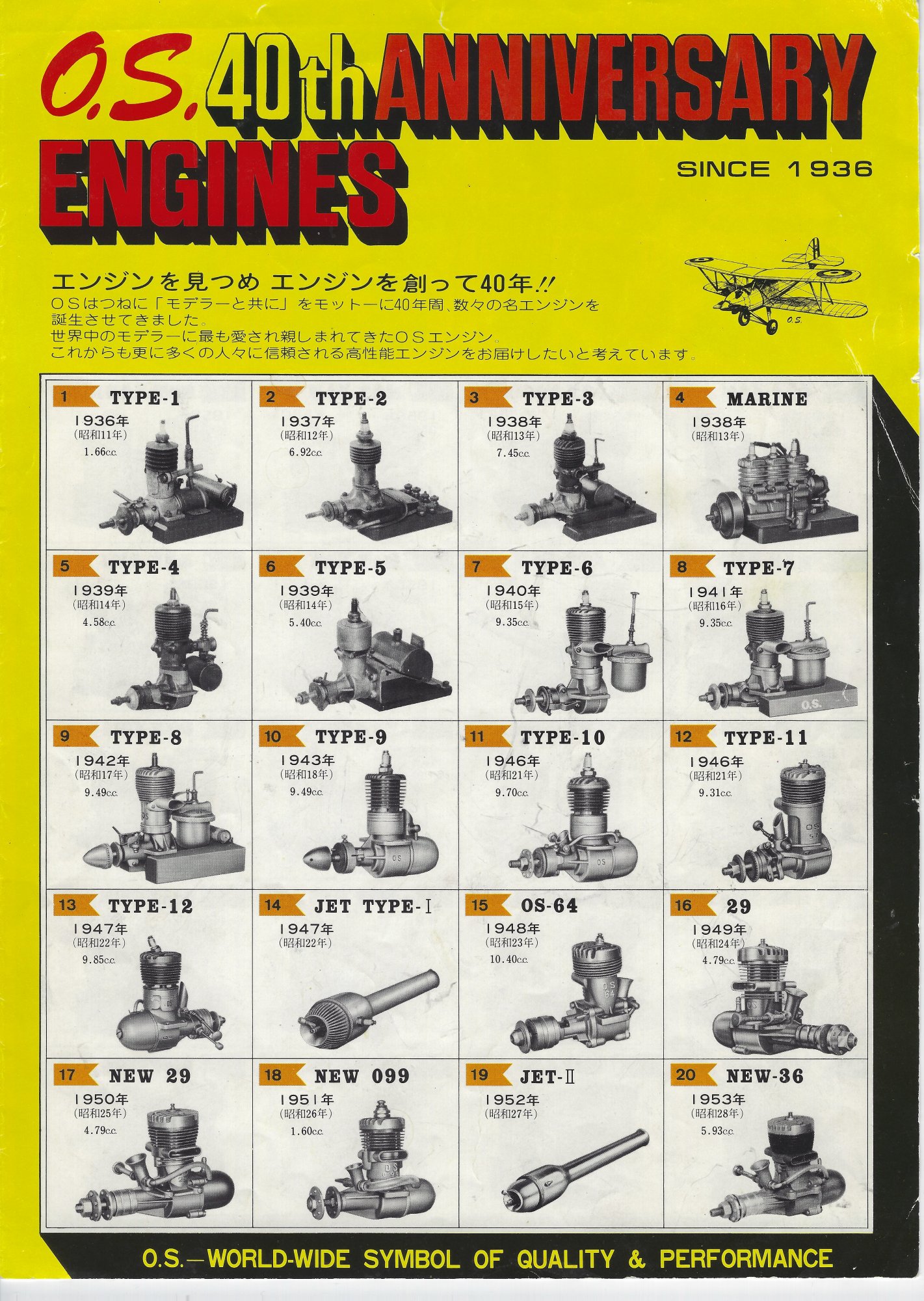 Reader Paul Venne contacted me through the blog site to advise that the
Reader Paul Venne contacted me through the blog site to advise that the 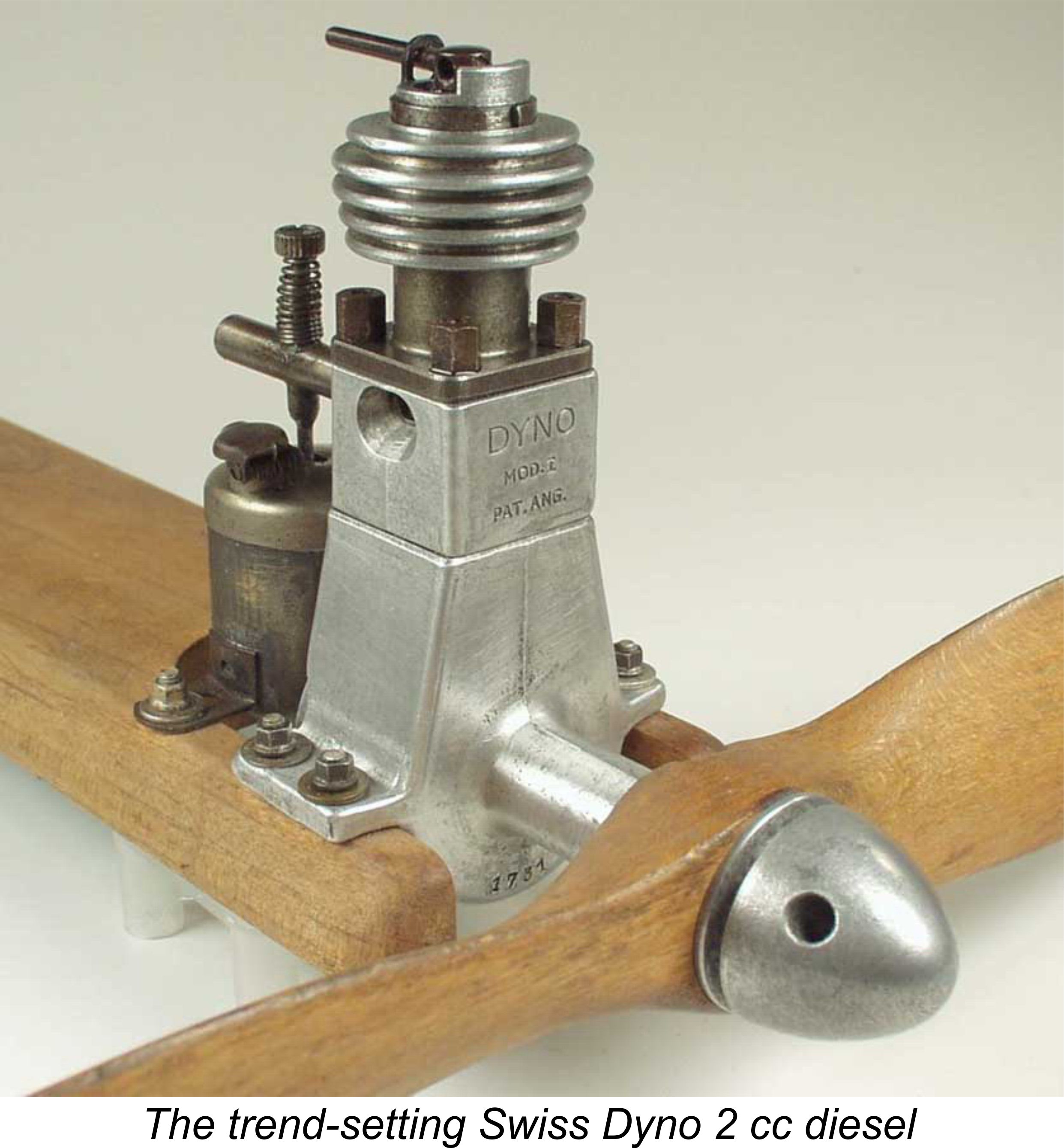
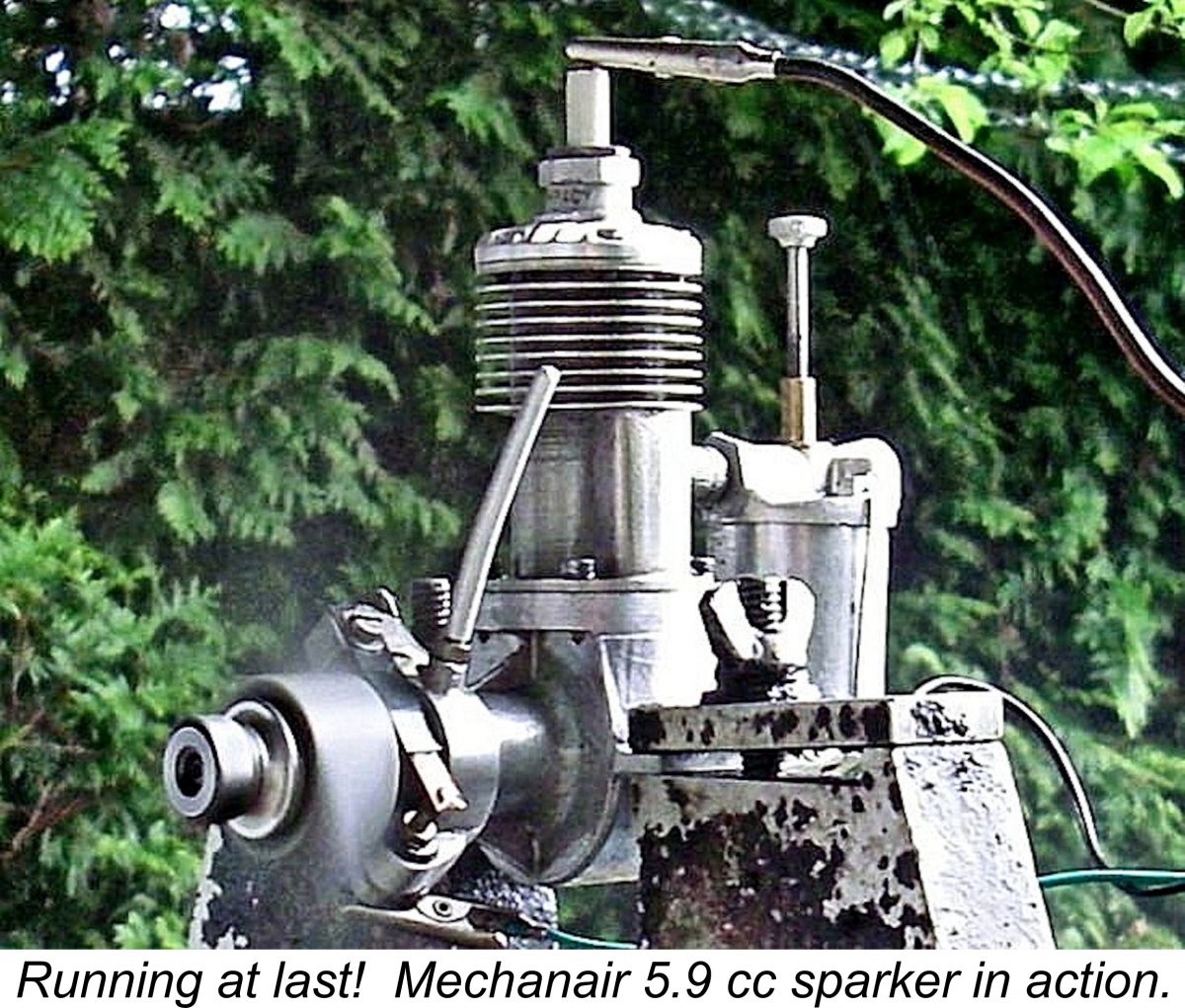 The first of these articles sees a return to early post-WW2 Britain to look at a very well-made 5.9 cc spark ignition engine which was initially marketed in 1946 under the Astral name and later by the engine's actual manufacturers,
The first of these articles sees a return to early post-WW2 Britain to look at a very well-made 5.9 cc spark ignition engine which was initially marketed in 1946 under the Astral name and later by the engine's actual manufacturers, 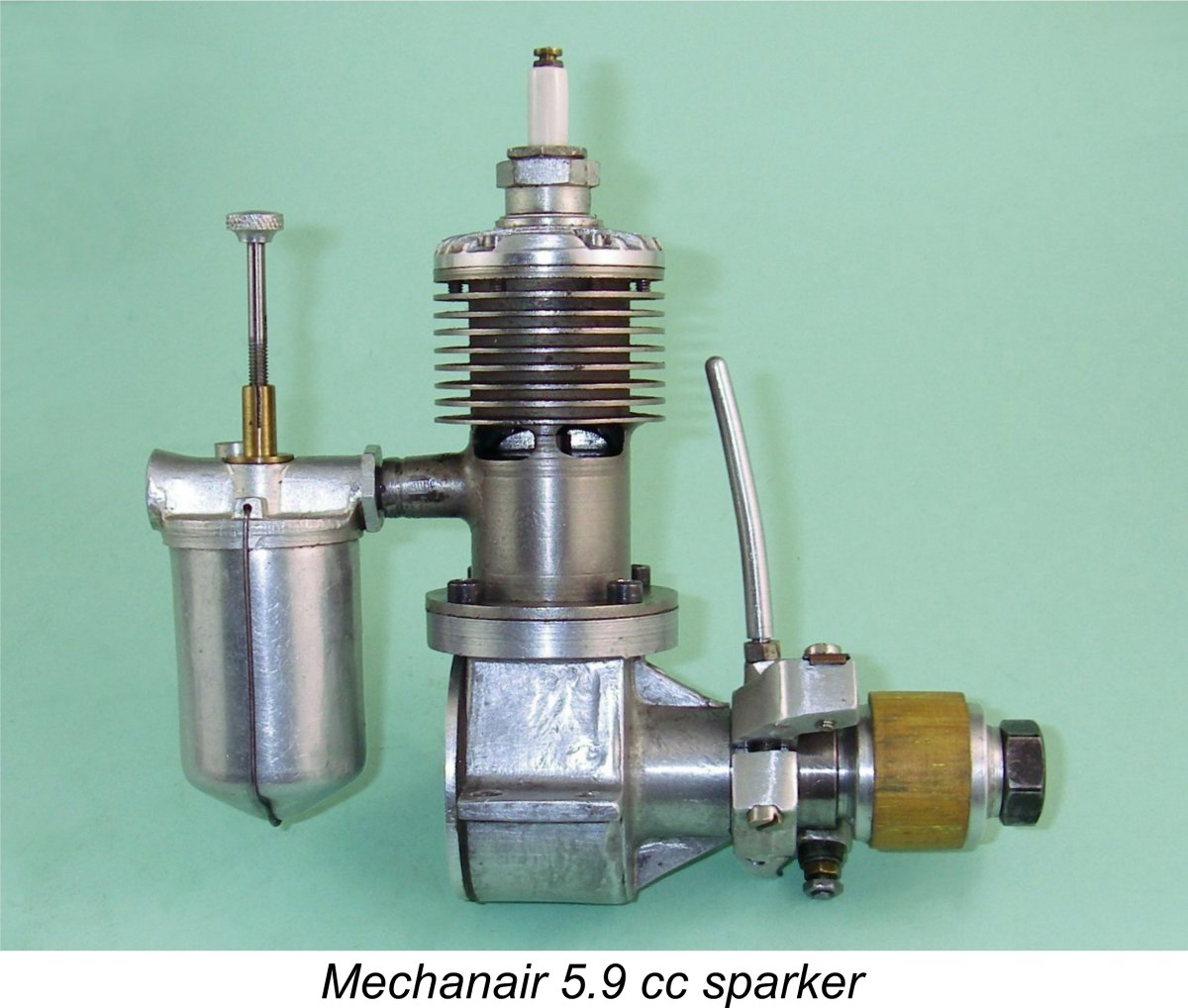

 For next month, I plan to stick with the racing engine theme by returning to the USA for an in-depth look at the life and work of Bill Batzloff of San Diego, California. Although he was an individual of many and varied talents, Batzloff is best remembered among model racing engine enthusiasts for designing and producing a pair of successive big-bore model racing engines under the Batzloff Triumph banner. What is less well-known is that Batzloff was a close friend and associate of
For next month, I plan to stick with the racing engine theme by returning to the USA for an in-depth look at the life and work of Bill Batzloff of San Diego, California. Although he was an individual of many and varied talents, Batzloff is best remembered among model racing engine enthusiasts for designing and producing a pair of successive big-bore model racing engines under the Batzloff Triumph banner. What is less well-known is that Batzloff was a close friend and associate of